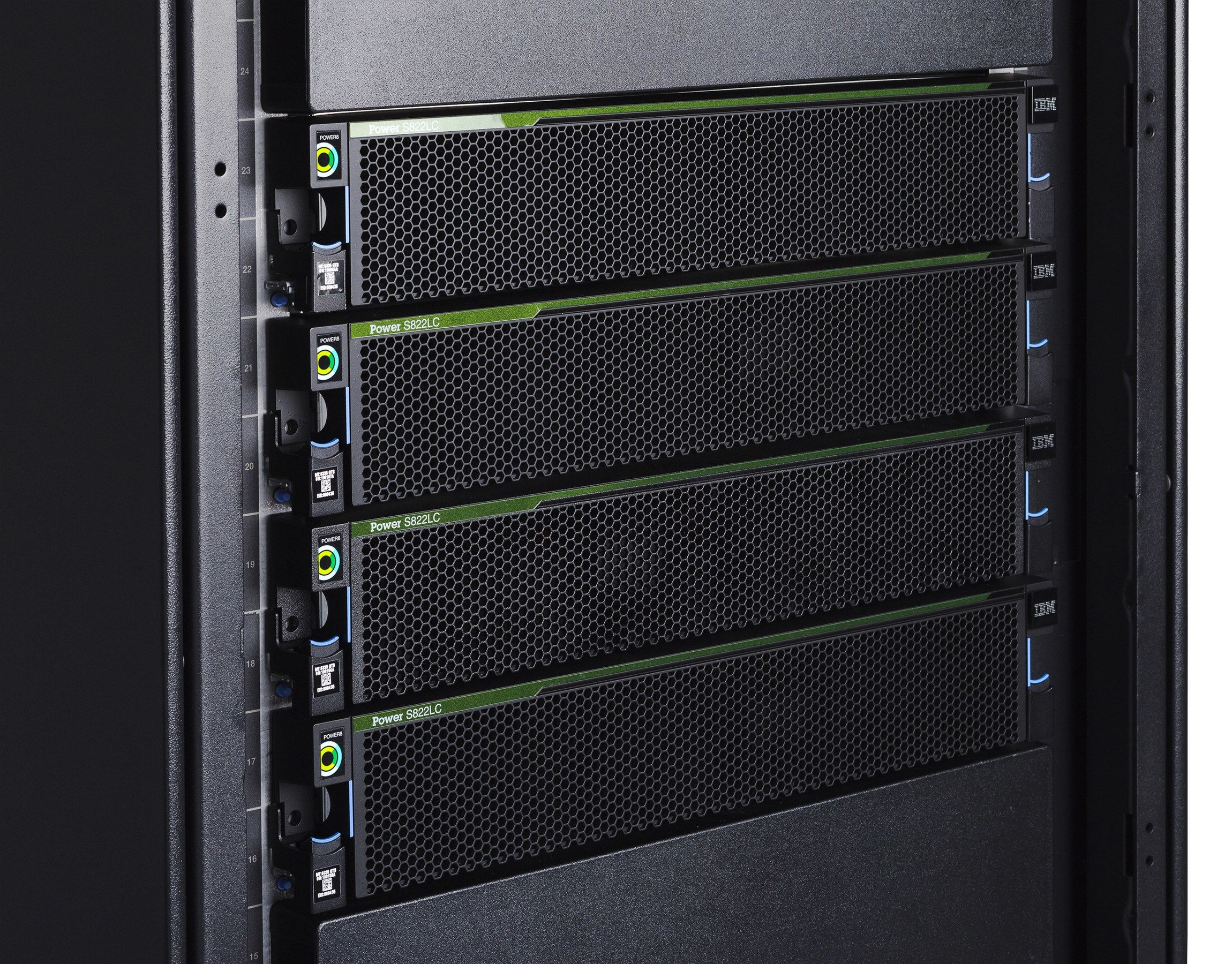Planetary Resources, Inc., the asteroid mining company, announced today that it has finalized a 25 million euro agreement that includes direct capital investment of 12 million euros and grants of 13 million euros from the Government of the Grand Duchy of Luxembourg and the banking institution Société Nationale de Crédit et d’Investissement (SNCI). The funding will accelerate the company’s technical advancements with the aim of launching the first commercial asteroid prospecting mission by 2020.
Planetary Resources’ Arkyd 6 is equipped with the first commercially licensed mid-wave infrared imager, an essential tool for detecting water on asteroids. Two spacecraft are completed and will test this technology on orbit. Planetary Resources’ President & CEO Chris Lewicki and Luxembourg’s Deputy Prime Minister Etienne Schneider pictured with the Arkyd 6 in Planetary Resources’ clean room facility in Redmond, Washington.
Core hardware and software technologies developed at Planetary Resources were tested on orbit last year. The company’s next mission, now undergoing final testing, will validate the thermographic sensor that will precisely measure temperature differences of objects on Earth. When deployed on future commercial asteroid prospecting missions, the sensor will acquire key data related to the presence of water and water-bearing minerals on asteroids. Obtaining and using these key resources in space promises to fast-track the development of off-planet economic activities as the commercial industry continues to accelerate.









